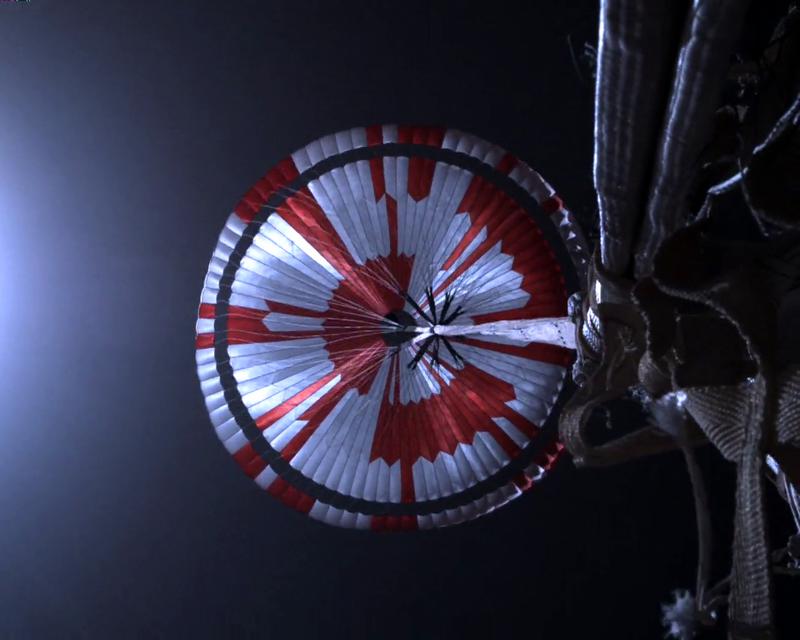Nasa engineers hid secret code in Perseverance landing – and the internet has found out what it is
Your support helps us to tell the story
From reproductive rights to climate change to Big Tech, The Independent is on the ground when the story is developing. Whether it's investigating the financials of Elon Musk's pro-Trump PAC or producing our latest documentary, 'The A Word', which shines a light on the American women fighting for reproductive rights, we know how important it is to parse out the facts from the messaging.
At such a critical moment in US history, we need reporters on the ground. Your donation allows us to keep sending journalists to speak to both sides of the story.
The Independent is trusted by Americans across the entire political spectrum. And unlike many other quality news outlets, we choose not to lock Americans out of our reporting and analysis with paywalls. We believe quality journalism should be available to everyone, paid for by those who can afford it.
Your support makes all the difference.Nasa hid a secret code in its Mars landing – and the internet has already found it.
The code was disguised in the red and white styling of the parachute that carried the Perseverance rover down to the surface, slowing it down so that it could make its soft landing.
Ordinarily, the parachute would not even be seen by the public. But it was one of the stars of Nasa’s first ever detailed video of the landing, seen in cameras mounted on the rover and facing upwards.

At first, internet users noted that there seemed to be something strange about the red and white patterning on the parachute. Though they are usually striped, the stripes appeared to be organised in an unusual pattern, leading people to wonder whether there might be some logic behind it.
Just hours after it was spotted, internet users had worked out that logic, finding that it was in fact hiding a secret code related to Nasa’s Jet Propulsion Laboratory, which is behind the mission.
It was first established that the striping was probably binary code: with the red representing ones and the white representing zeroes. That can then be used to represent letters or words, in the same way as it does with a computer.
Once the different red and white stripes – or bits, in computer speak, which can either be off or on – are broken up into ten character chunks and added to 64, they can be turned into letters. The first of the letters, for instance, was 0000000100, or four, which can be read as “D”, since that is the fourth letter in the alphabet.
That was the first of the letters solved. From there, the rest of the letters were filled in, and the wording emerged.
Abela Paf, who appears to have been the first person to crack the code, shared his working on Twitter. He said that he had found the explanation with his father.
The parachute, when decoded, reads “DARE MIGHTY THINGS”. That happens to be a key phrase at Nasa’s JPL, including on the wall in the room where mission controllers watched the landing.
It also features a series of numbers. Those work out as the co-ordinated of the Jet Propulsion Laboratory itself, at its address in California.
Nasa has already suggested there were clues hidden in the mission, with one of its engineers noting during a livestreamed discussion of the parachute that there are secrets waiting to be found. And the “dare mighty things” motto was referenced by the rover’s official account soon after the landing.
But even despite those clues, Adam Steltzner, the chief engineer for the Perseverance mission, seemed impressed with the short time that people had taken to crack the code.


Join our commenting forum
Join thought-provoking conversations, follow other Independent readers and see their replies
Comments